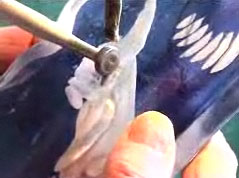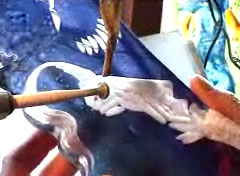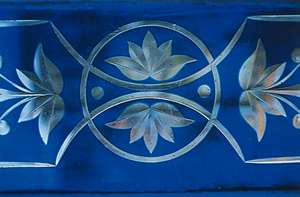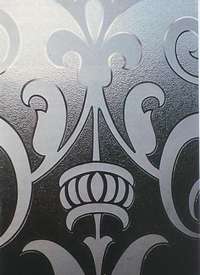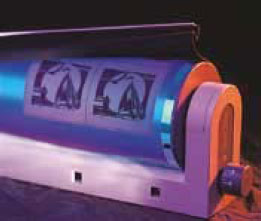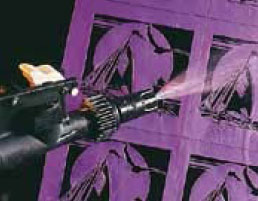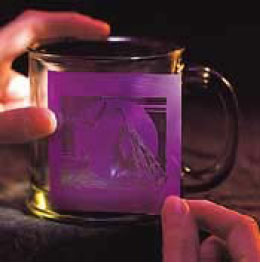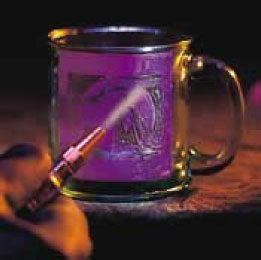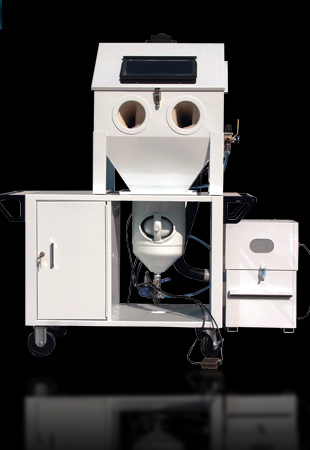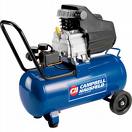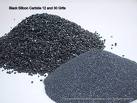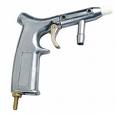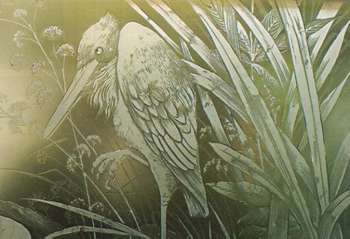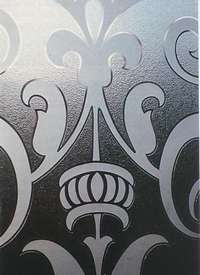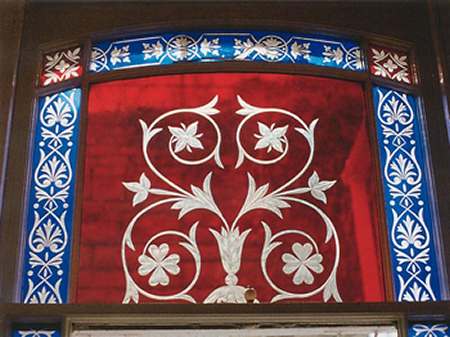What is Laser Etching ?
Laser etching is the process of using a laser beam to permanently cut an image or pattern into a hard material, such as glass, crystal, wood or metal. For large projects, the size, depth and location of the pattern is typically programmed into a computer that controls the laser. The strength of the laser is based on the material used and the level of heat required.
This type of etching is typically found in a manufacturing setting. There are two types of lasers, hand-held and machine-operated. The hand-held units are used by a production technician to correct minor errors or quality issues with the product at the end of the work flow. Artisans or engravers who need to create a very precise work product can also use laser etching as a tool.
The machine-operated unit is programmed to mass-produce a specific pattern, by etching it into the final material. Common uses of laser etching include circuit boards, engraving metal or carving hard plastic. Lasers are rarely used for wood, as they tend to leave burn marks on the surface of the wood.
3D Laser Crystal Etching Process
Buy software needed for 3D laser etching
- Point-cloud converting software
used for converting BMP, ASC, DXF etc image file format to another image file format which consist of abundant small points.
- Engraving control software
used for controlling the laser beam output interval and the directory of laser beam or X/Y/Z axis. LF-200 only need Z axis works, and the software control the worktable, laser and scanning mirror all.
Be familiar with 3D laser etching workflow:
- 3D Camera Head Image > 3D Camera > Laser3D Software Generate Point Cloud > Machine Machining > 3D Laser Crystal Final Product
- Digital Camera Photo > Adobe Photoshop Software Design > Laser3D Software Generate Point Cloud > Machine Machining > 3D Laser Crystal Final Product
Design portrait with point-cloudy image:
All designs for 3D laser crystal etching are made entirely of points because the process offers no way to draw continuous lines or surfaces. However, with small enough points it’s possible to arrange them into convincing curves, surfaces and volumes. Point-cloud image consists of abundant small points which are created by the special point-cloud converting software from a common two dimension or three dimension image. These points shall be engraved by laser machine according to the array order one by one. Each point will be burnt inside the transparent material, all the burnt points form the engraved image inside the crystal cube.
Laser etch crystal to draw points:
The points are tiny (.1mm) fractures created by a focused laser beam from 3d laser engraving machine. The conical beam, with a focal length of about 3″, shines into the crystal (glass) without damaging it except at the focal point. At that one point, concentrated energy heats the crystal (glass) to the cracking point, causing a microfracture.
To draw more points, the laser is pulsed on and off. To make the beam move between points, it’s reflected from a mirror that is repositioned between pulses. The mirror is moved by computer-controlled motors, so many points can be drawn with great speed and accuracy. A typical design might use several hundred thousand points, or half a million isn’t unusual in a large block, each placed with .001″ accuracy.
How to select a laser etching machine ?
When selecting a laser etching machine, it is important to consider three things:
WARRANTY, PRICE and OPERATION.
1. The laser etching machine will have to generate significant heat and draw a large amount of power to operate the laser. The risk of components burning out or failing is higher with this type of machine. A good warranty will protect you from repair costs for a specific period of time and allow you to get the value of the unit before needing to invest in repairs.
2. The price of a laser etching machine ranges from $7,800 to $25,000 US Dollars (USD). Take the time to make a list of the features that you require and those that are nice to have but not necessary. Make your selection based on the useful life of the unit. If your business requires a significant amount of etching, the investment in a quality etching machine is worth it. If not, look for a unit that simply meets your current needs.
3. The daily operation of the unit is a very important consideration. Look for a model that is easy to use, with a simple interface, built-in help function and is programmable. Allow the staff who will be using the machine to assist in the product review process. This will reduce the complaints about the machine after it is purchased and will result in a selection that meets the practical needs.
